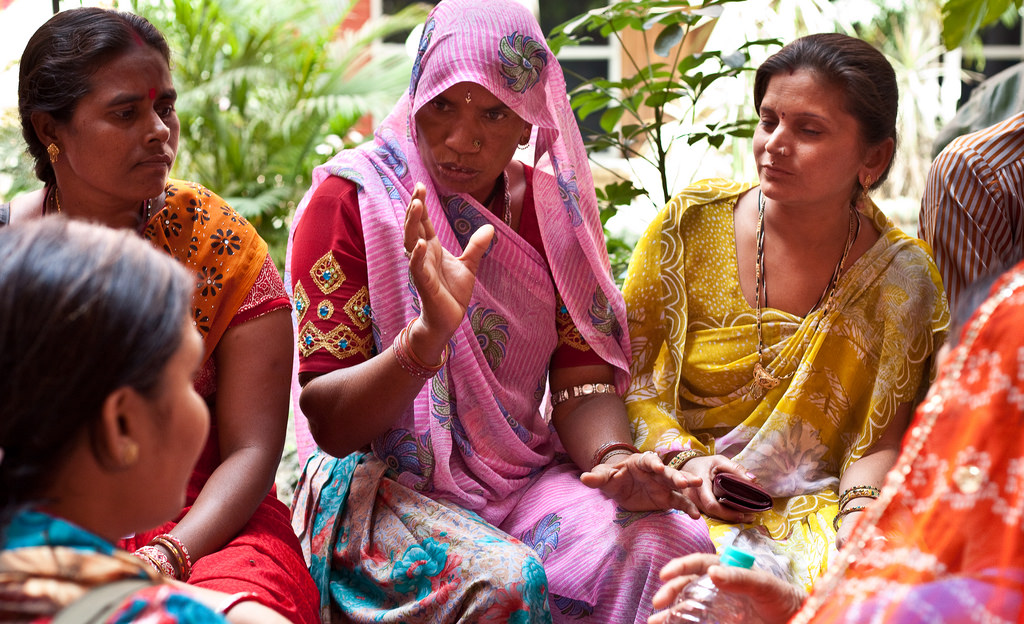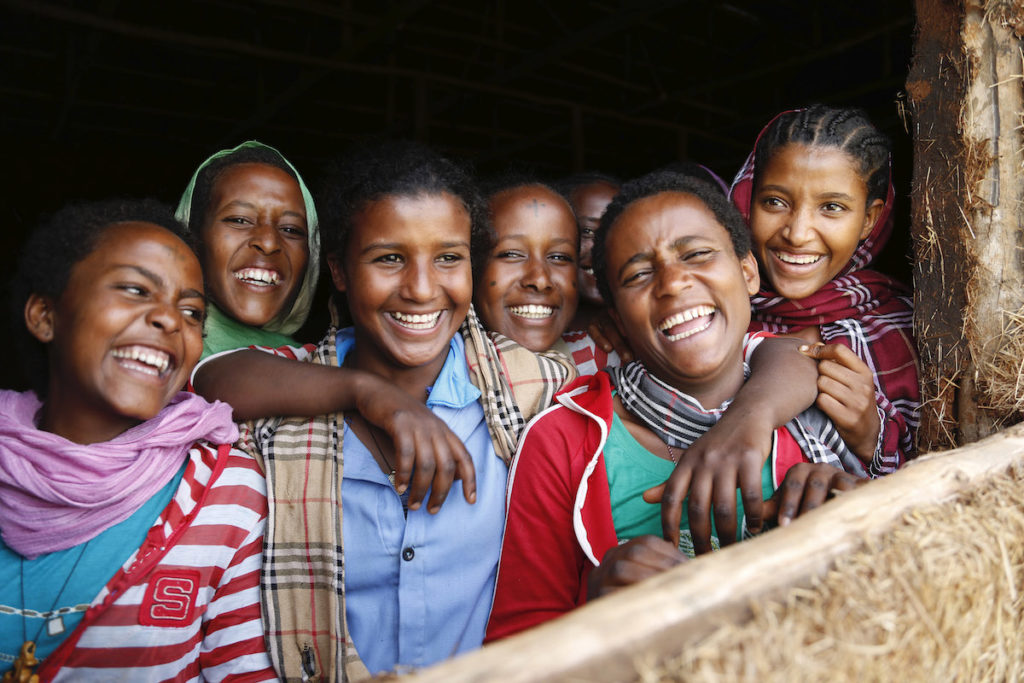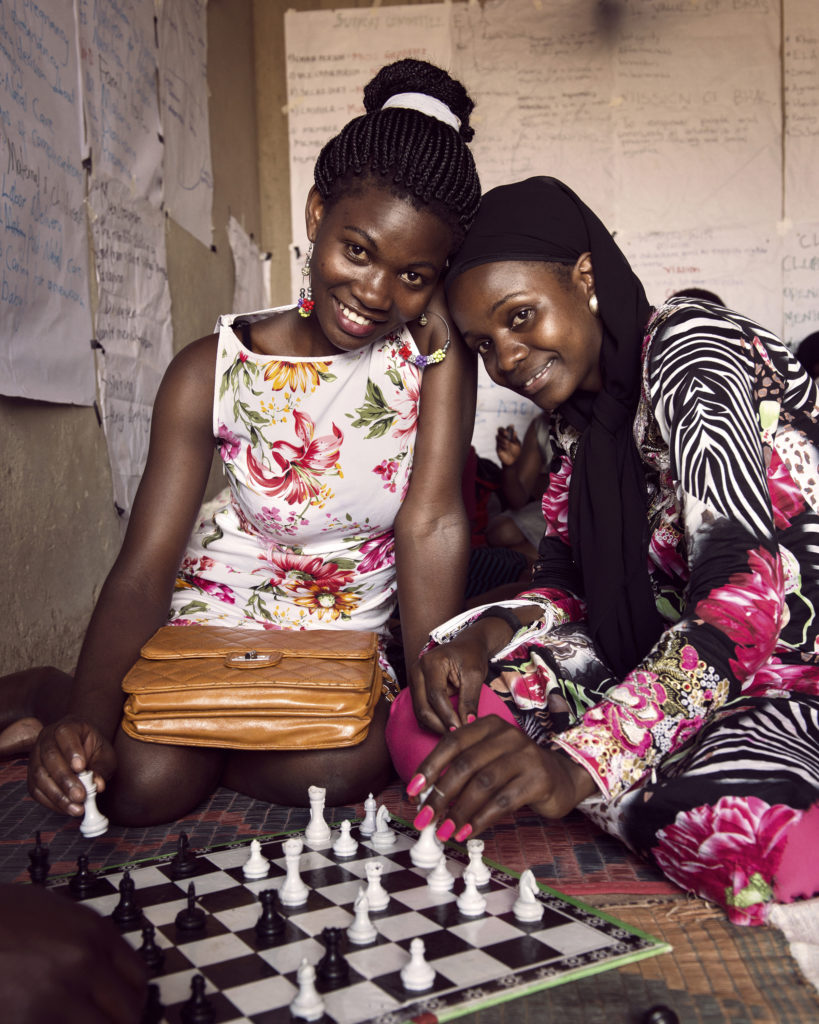Communicating the findings of your programme’s monitoring and evaluation—including what was and was not successful—benefits a wide range of stakeholders and can help advance policy, advocacy, and intervention development. Organisations can strategise on which types of communication products and methods are most effective to reach and influence different audiences. (Generally, it is most effective to share positive messaging that avoids normalising violence and to combine data and evidence with compelling stories and narratives.) The quality, relevance, and reach of communication products grow when researchers and practitioners co-create these outputs. Co-creation and co-authorship are also an important way to recognise practitioners’ value in building evidence.

Toolkit Series: How to Communicate Research for Policy Influence

The Power of Data to Action: Country experiences and lessons following Violence Against Children and Youth Surveys

Communicating Research about Ending VAWG

Research uptake, lessons from a multi-country global programme: What Works to Prevent VAWG

